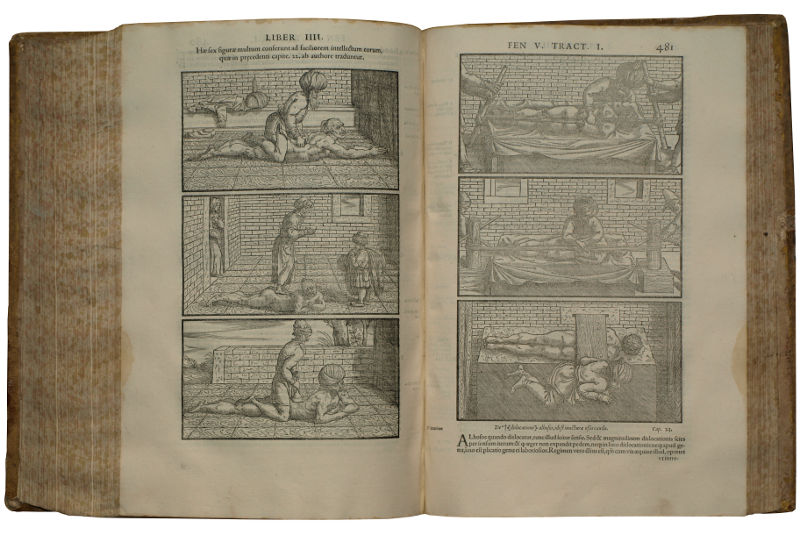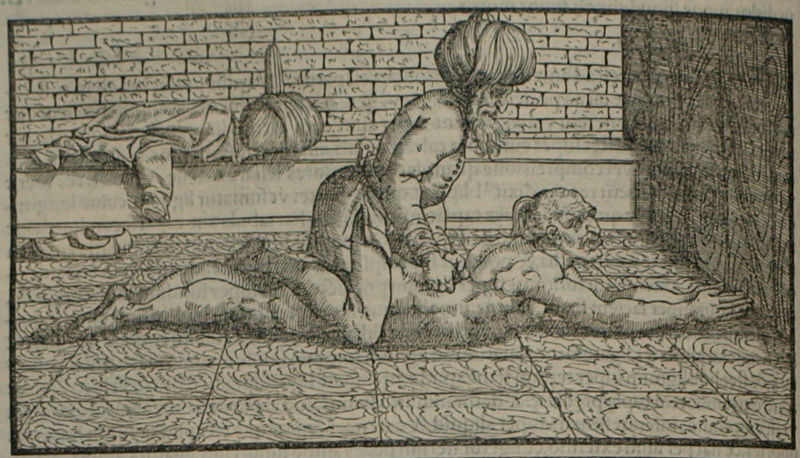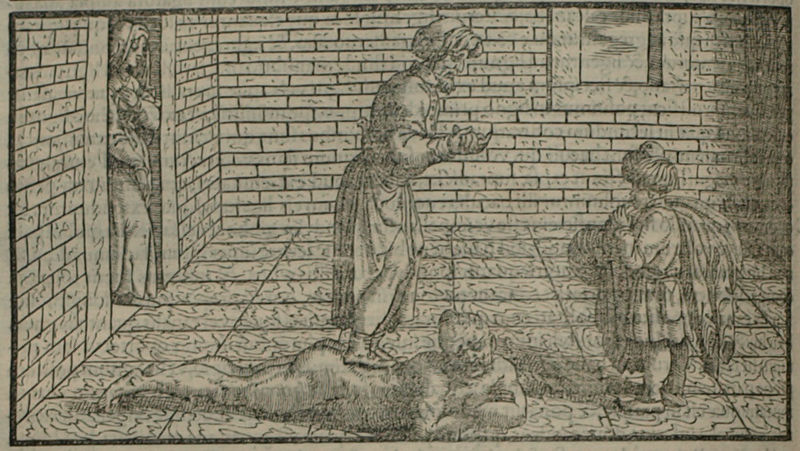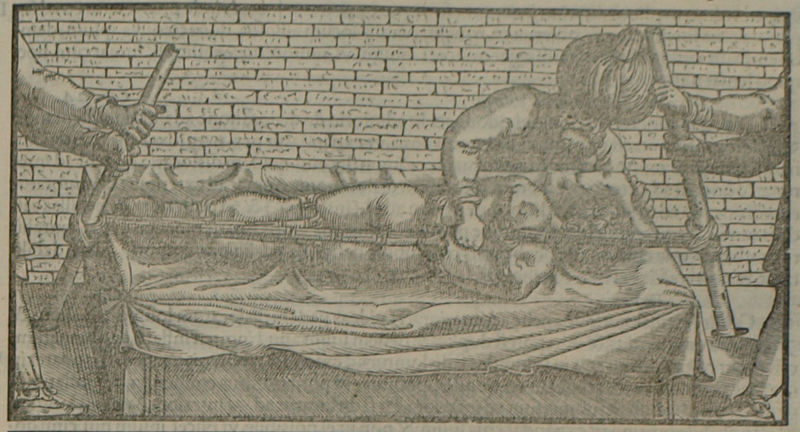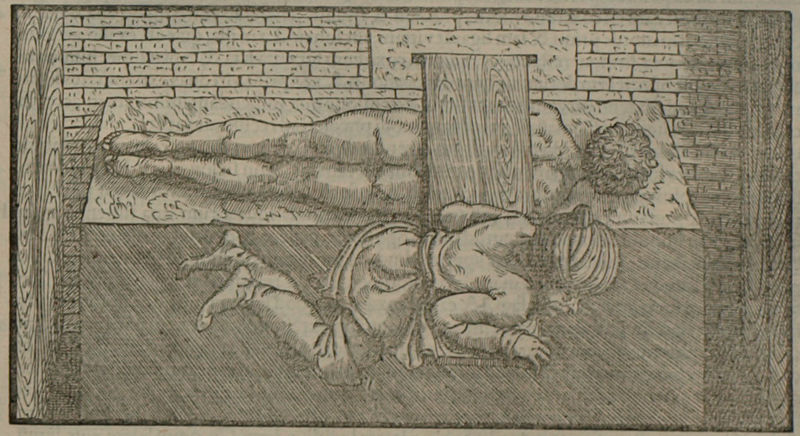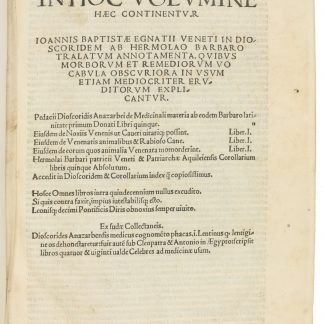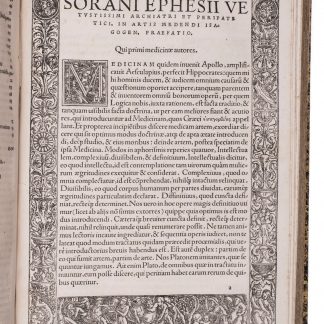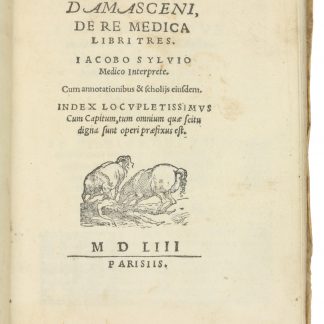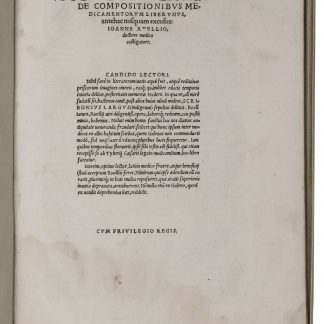[VERKAUFT]
Dieses Stück ist bereits verkauft. Am Ankauf eines gleichwertigen Exemplars bzw. von Stücken ähnlicher Bedeutung sind wir immer interessiert.
The first illustrated edition of the greatest work of Islamic medicine
Liber canonis, de medicinis cordialibus et cantica, iam olim quidem a Gerardo Carmonensis ex arabico sermone in latinum conversa [...].
Folio (260 x 365 mm). 2 pts. in 1 vol. (6), 86 ff., 87-90 pp., 91-590, (1) ff., 1 blank f., 19 ff. With a nearly full-page woodcut diagram of the ocular anatomy and two full-page woodcuts with a total of six illustrations showing the practice of osteopathy. Contemp. leather on 6 raised double bands.
Early 16th-century edition of "the most famous medical text ever written" (Garrison/M. 43), the first ever to contain illustrations (six meticulous woodcuts of a physician performing chiropractic treatments, as well as a diagram of the human eye anatomy). Translated by Gerard of Cremona. First issue, still without Giulio Palamede's general index added in 1557 with a separate colophone (mentioned by Adams and Edit 16, but not part of the original work).
Ibn Sina's "Keta-b al-qanun fi'l-tebb" ("Canon of Medicine"), written in Arabic but widely translated throughout the Middle Ages and the basis of medical training in the West as late as the mid-17th century. Finished in 1025, the Qanun is divided into 5 books, devoted to the basic principles of medicine, the Materia Medica (listing about 800 drugs), pathology, diseases affecting the body as a whole and finally the formulary.
Ibn Sina (c. 980-1037), in the West known by his Latinized name Avicenna, was physician to the ruling caliphs. The influence of his Qanun can hardly be overestimated. Translated into Latin in the 12th century, it became a standard textbook of Galenic medicine, influencing many generations of physicians. "From the early fourteenth to the mid-sixteenth century Avicenna held a high place in Western European medical studies, ranking together with Hippocrates and Galen as an acknowledged authority" (Weisser). "[T]he final codification of all Greco-Arabic medicine. It dominated the medical schools of Europe and Asia for five centuries" (Garrison/M. 43).
Of the utmost rarity; a single copy of this edition in auction records since 1950.
Durling 384. Edit 16, CNCE 3549. OCLC 64826673, 224500456. Adams A 2326. BM-STC Italian 336. Cf. Heritage Library, Scientific Treasures, p. 57.

